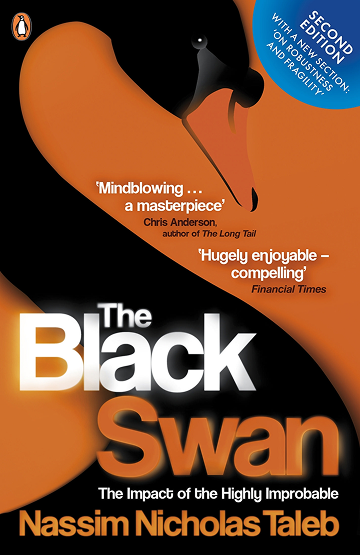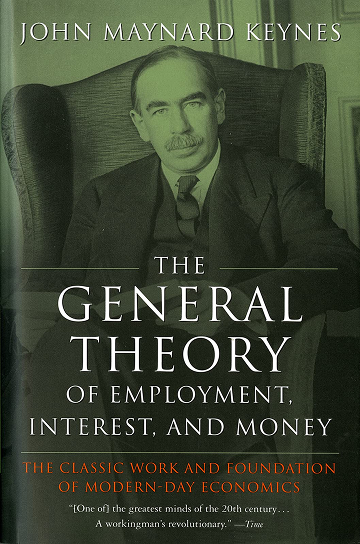
Victor Sperandeo Biography, Career, Net Worth, and Key Insight



Victor Sperandeo’s Profile Summary
|
Company
|
Self-employed |
|---|---|
|
Position
|
Independent Trader in his self-employed activities. |
|
Source of wealth
|
Commodity trading, financial futures trading, management and licensing of financial indices such as the Diversified Trends Indicator (DTI), royalties from book sales. |
|
Also known as
|
Author, financial commentator, index developer. |
|
Age
|
80 |
|
Education
|
No verified information available regarding his formal education. |
|
Citizenship
|
United States |
|
Residence
|
Grapevine, Texas, United States |
|
Family
|
No detailed public information available. |
|
Website, Social Media
|
https://www.victorsperandeo.com/ |
Victor Sperandeo’s biography
Victor Sperandeo, born on March 16, 1945, in Queens, New York, is an American financial trader, author, and commentator with over five decades of experience on Wall Street. He is renowned for his expertise in trading commodities and financial futures, particularly in the energy and metals sectors. Sperandeo gained significant recognition when he predicted the 1987 stock market crash, making substantial profits by shorting the Dow Jones just before Black Monday. Throughout his career, he has managed funds for prominent investors like George Soros and Leon Cooperman. Sperandeo is also the President and CEO of Alpha Financial Technologies, LLC, and a founding partner of EAM Partners L.P., where he developed innovative financial indices like the Diversified Trends Indicator (DTI). Beyond trading, he is a prolific author, known for his books such as Trader Vic: Methods of a Wall Street Master, which offers valuable insights into his trading strategies. Sperandeo's work has earned him a spot in the Trader Hall of Fame and a legacy as one of the leading figures in the world of futures and commodities trading-
How did Victor Sperandeo make money?
Victor Sperandeo makes money in the following areas:
Commodity trading, financial futures trading, management and licensing of financial indices such as the Diversified Trends Indicator (DTI), royalties from book sales.
-
What is Victor Sperandeo net worth?
As of 2025, there is no publicly available and reliable information regarding Victor Sperandeo’s net worth.
What is Victor Sperandeo also known as?
Victor Sperandeo is widely recognized not only for his trading expertise but also as an accomplished author and financial commentator. He has authored several influential books, including Trader Vic: Methods of a Wall Street Master and Trader Vic II: Principles of Professional Speculation, which have educated countless traders. In addition, he has developed multiple financial indices, such as the Diversified Trends Indicator (DTI) and Commodity Trends Indicator (CTI), that have been licensed to major financial institutions like Merrill Lynch and Credit Suisse. His commentary on economic and financial matters has been featured in leading publications, and he is a frequent guest on financial news platforms such as CNN and CNBCProminent achievements of Victor Sperandeo
Inducted into the Trader Hall of Fame by Trader Magazine in 2008, developed influential financial indices such as the Diversified Trends Indicator (DTI), authored multiple best-selling books on trading, featured in New Market Wizards and Super Traders, predicted the 1987 market crash, appeared as a financial commentator on networks like CNN and CNBCWhat are Victor Sperandeo’s key insights?
Victor Sperandeo blends macro fundamentals with technical trend-following, focusing on capital preservation and disciplined risk management. In Trader Vic: Methods of a Wall Street Master, he introduces the concept of trading in harmony with the primary trend, using a combination of economic indicators, interest rates, and chart-based analysis to identify when that trend is accelerating, topping, or reversing.
One of his most well-known contributions is the 1-2-3 trend reversal method: (1) break of a trendline, (2) failed attempt to make a new high or low, and (3) break of a previous swing level—signaling a structural shift in trend. Sperandeo emphasizes using economic context (e.g., Fed policy, money supply, inflation trends) as a backdrop, while relying on price action for timing.
He is a strong advocate of tight risk controls, recommending never risking more than 1–2% of capital on a single trade, and scaling in only when the market proves the position right. Sperandeo's philosophy is rooted in discipline, adaptability, and avoiding prediction, encouraging traders to focus on objective signals and react quickly to changes in trend. His approach is pragmatic, blending the logic of macro investing with the precision of technical execution.
Victor Sperandeo’s personal life
Victor Sperandeo keeps his personal life private, and there are no publicly available details about his family members.
Useful insights
Understanding market forces
In my experience, to truly succeed as an investor, it’s essential to understand the driving forces behind market behavior. Market movements aren’t random—they’re influenced by a range of economic theories and dynamics. The following books provide valuable insights into these forces, offering a deeper understanding of how global financial markets operate and what shapes their trends.
-
Nassim Nicholas Taleb – "The Black Swan"

-
Summary:
Taleb explores the concept of rare, unpredictable events—so-called "Black Swans"—that can have massive impacts on markets and society. These events are often overlooked by traditional risk management models, leading to devastating consequences when they occur. Taleb illustrates how these unpredictable shocks shape our world, often more than gradual, expected changes.
-
Why read it:
This book challenges conventional thinking about risk and uncertainty, showing that many major historical and financial events were "Black Swans." It's a vital read for investors who want to build resilience in the face of market volatility.
-
-
John Maynard Keynes – "The General Theory of Employment, Interest, and Money"

-
Summary:
Keynes revolutionized economics by focusing on total demand within an economy and its effect on output and inflation. His theory suggested that government intervention could stabilize economic cycles through fiscal and monetary policy. The book also explains the consequences of under-consumption and the role of interest rates in managing economic stability.
-
Why read it:
For investors interested in macroeconomic trends and policy impacts, Keynes’ work is essential. Understanding the Keynesian framework can help investors predict how government actions might influence market performance.
-
Other profiles in category
Popular Financial Guides
Latest Financial News

Tariffs on SA exports endanger citrus auto, and wine sectors

South African Post Office gets R1.8 billion, not promised R3.8 billion































































































































